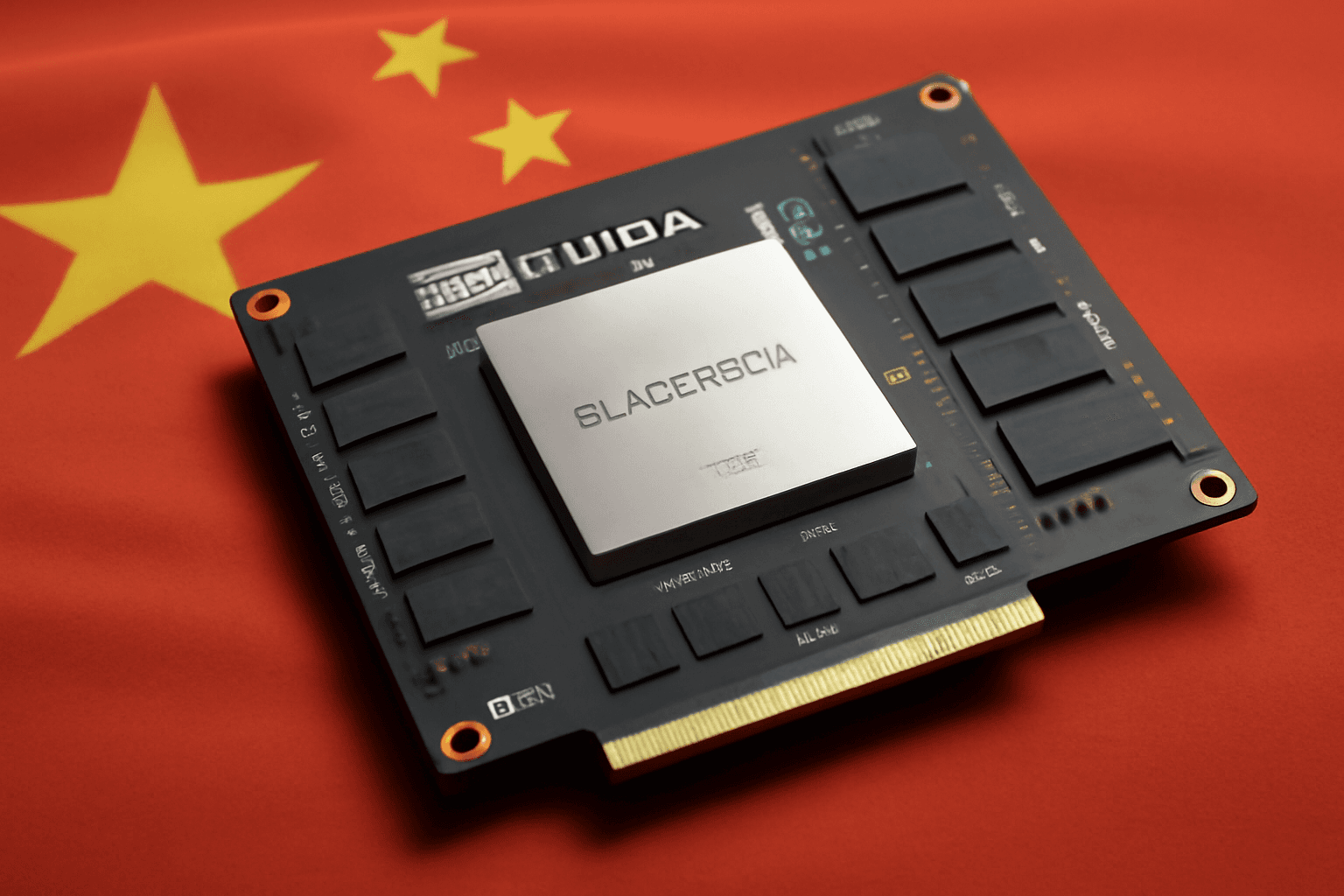AI Adoption: A Survival Strategy for Southeast Asian Small Businesses
When it comes to artificial intelligence (AI) and generative AI, attention typically centers on giants like the U.S. and China. Yet, Southeast Asia’s small businesses are quietly harnessing AI’s power to stay competitive in an evolving market landscape. For many, embracing AI is no longer optional—it’s a critical lifeline.
Jochen Wirtz, a marketing professor at the National University of Singapore, succinctly puts it: "Either you grow and adopt, or you die." Larger players leveraging AI threaten to edge out smaller companies who lag behind, potentially relegating them to franchise roles or pushing them out entirely.
AI's Economic Impact and Regional Readiness
Analysts project that AI and generative AI will fuel around $120 billion in GDP gains for Southeast Asia by 2027. Countries such as Singapore, the Philippines, and Malaysia already rank among the top 10 globally for AI-related search interest, reflecting both curiosity and active engagement.
Youthful demographics in nations like Vietnam, Malaysia, and the Philippines give the region a distinct advantage. A large proportion of business leaders are under 40, fostering a digitally savvy, adaptable entrepreneurial spirit eager to explore emerging technologies.
How AI Is Changing Small Business Practices
Within Southeast Asia’s bustling e-commerce sector, customer service leads AI utilization, closely followed by marketing and advertising. Across the ASEAN-6 economies (Singapore, Malaysia, Vietnam, Indonesia, the Philippines, and Thailand), businesses increasingly use generative AI tools primarily to automate text generation for ads, messages, and customer engagement.
Generative AI’s ability to break language barriers is particularly valuable in this multilingual region. For example, Indonesia’s Lita Global—a social platform for gamers—has doubled its monthly online gaming events since integrating AI last year. This growth translated into a striking 20% increase in weekly revenues per event.
Lita Global leverages generative AI for translating event announcements across languages such as Vietnamese and Thai, reaching wider audiences efficiently. Additionally, AI assists in chat responses, boosting gamer-for-hire orders by approximately 10-20% as it frees up time and improves conversational availability.
The Rise of AI-Enabled Livestreaming
Live shopping, blending product showcases with real-time customer Q&A, is rapidly gaining momentum. However, for many micro, small, and medium enterprises (MSMEs), consistently hosting livestreams proves costly.
AI livestreaming offers a cost-effective solution. Providers like TopviewAI offer services at roughly $1 per minute, dramatically lowering expenses related to studios, merchandise sampling, and host labor. A single operator can manage broadcasts, making it an attractive option for MSMEs seeking higher sales with less overhead.
Balancing Efficiency Gains with Cost Barriers
While AI delivers efficiency boosts, expense remains a significant hurdle. Many small businesses are limited to simpler AI applications like chatbots, which help reduce labor costs thanks to affordable subscription options. More sophisticated AI solutions require investment beyond the reach of most small enterprises.
For instance, Lita Global spends around $2,000 monthly on AI, including fees for OpenAI’s application programming interface (API) that powers its integrations. This financial commitment highlights how even companies with technical capacity pay a premium.
The promising news: AI costs are predicted to plummet. By 2027, API prices for generative AI may fall by over 99%, vastly improving affordability for businesses of all sizes.
Looking Ahead: AI’s Role in Southeast Asia’s Business Evolution
In emerging markets with low labor costs, there’s sometimes less urgency to adopt efficiency-enhancing tech. Yet experts argue that AI can still dramatically improve outcomes. Reflecting on parallels with e-hailing apps, which brought transparency and convenience to transportation, AI represents a natural next step in business innovation.
The region’s vibrant, young entrepreneurial community, especially in nations like Vietnam, remains enthusiastic about AI’s potential. As one expert described, the market is fueled by “a very hungry young people” ready to embrace new tech and scale their ventures.
In essence, AI isn’t just a tool; it’s quickly becoming the heartbeat of survival and growth for Southeast Asia’s small businesses.



















